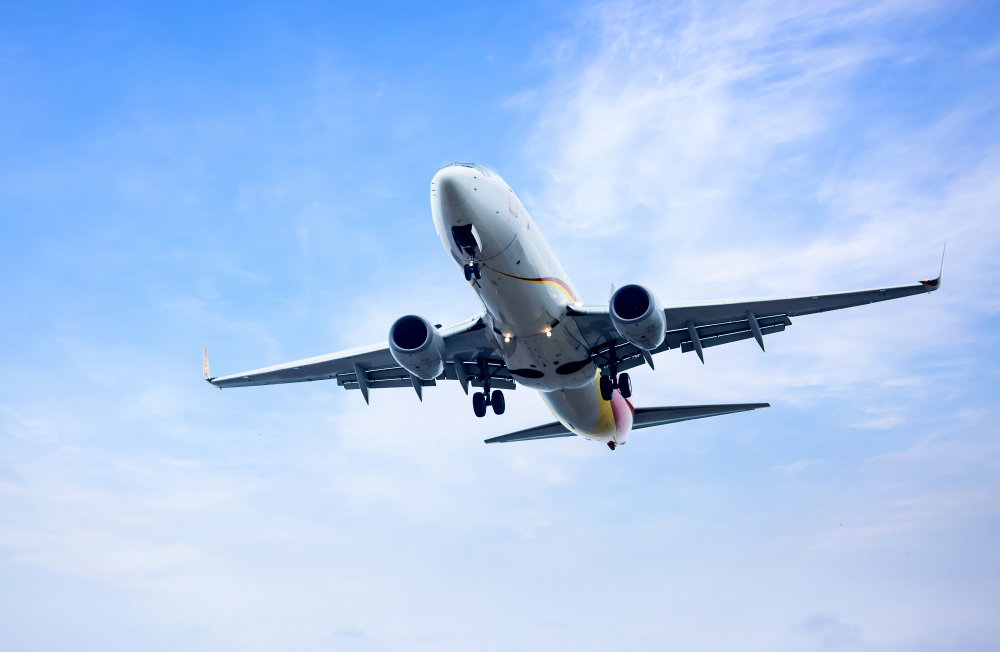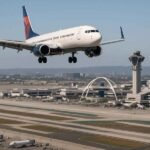A mid-air emergency is one of the rare but most serious events in commercial aviation. Despite advancements in automated systems and rigorous safety procedures, unexpected incidents can still arise. That was the case when United Airlines Flight UA770 declared an emergency and diverted to London Heathrow. This event not only caught public attention but also demonstrated the strength of modern aviation safety protocols.
This article explores the full story behind UA770’s diversion, explains the meaning of “Squawk 7700,” outlines how the crew and systems responded, and offers insight into how such events are managed. We’ll also compare this incident with similar past cases and look at what passengers can learn from it.
Table of Contents
-
Flight UA770: The Incident
-
What “Squawk 7700” Means
-
Common Causes Behind Emergency Diversions
-
Why Heathrow Was the Best Choice
-
How the Crew Handled the Situation
-
What Happens Post-Landing
-
Comparing UA770 with Past United Diversions
-
Emergency Diversions: Trends and Insights
-
Passenger Lessons and Rights
-
Expert Analysis and FAQs
-
Conclusion: The Strength of Aviation Safety
1. Flight UA770: The Incident
United Airlines Flight UA770 was operating a scheduled route from Barcelona (BCN) to Chicago O’Hare (ORD) on a Boeing 787-9 Dreamliner. The flight was progressing normally until somewhere over the Atlantic Ocean when the pilots initiated a “Squawk 7700,” the universal code indicating a general emergency.
Air traffic control quickly responded, rerouting the aircraft for an expedited diversion to London Heathrow Airport (LHR). The plane landed safely on Runway 27R and taxied to a gate without incident. According to flight tracking data, there were no sudden altitude changes or erratic movements—just a controlled and professional response to an emergent situation.
United Airlines quickly arranged hotel accommodations, meal vouchers, and rebooking for affected passengers.
2. What “Squawk 7700” Means
Aviation’s Universal Distress Signal
When this code is activated, it alerts all nearby air traffic control (ATC) centers that the flight requires immediate assistance.
This differs from other specific squawk codes:
-
7500: Hijacking
-
7600: Radio communication failure
-
7700: General emergency (technical, medical, environmental)
Not Always a Crisis
A Squawk 7700 doesn’t always signal disaster. It simply means something has happened that requires the flight crew to prioritize safety above all else. This could include:
-
Engine or systems failure
-
Medical emergencies
-
Smoke or fire
-
Fuel shortages or pressurization issues
In the case of UA770, the aircraft remained stable and in control, indicating that while the issue was serious, it was well-managed by the crew.
3. Common Causes Behind Emergency Diversions
Although no official reason has been disclosed by United Airlines, past aviation data and flight characteristics suggest several possibilities:
Mechanical Concerns
-
Avionics or electrical system alerts
-
Hydraulic system pressure loss
-
Cabin pressurization inconsistencies
-
Minor faults that required immediate precaution
Medical Emergencies
It’s also possible a passenger onboard needed urgent medical attention. Airlines often divert if a life-threatening condition occurs. However, there have been no confirmed reports of a medical issue in this case.
Environmental or External Factors
-
Odors or smoke in the cabin
-
Unexpected turbulence causing injury
-
Bird strikes or weather concerns
No environmental anomalies were reported, but these factors remain part of the standard checklist during incident investigations.
4. Why Heathrow Was Chosen
Here’s why:
-
Proximity: It was safely reachable given the aircraft’s position and fuel.
-
Emergency Readiness: Heathrow has comprehensive firefighting, medical, and mechanical support.
-
Passenger Services: It could efficiently manage customs, rebooking, and accommodation for a large group of international travelers.
Selecting Heathrow reflects standard industry practice: prioritize the safest, most equipped nearby airport.
5. How the Crew Handled the Situation
In the Cockpit
The pilots followed a methodical safety process:
-
Diagnosis: Using onboard systems and checklists
-
Communication: Alerting ATC and declaring the emergency
-
Planning: Calculating fuel for diversion and coordinating with the airline’s operations team
-
Execution: Initiating a smooth, controlled descent toward LHR
In the Cabin
Flight attendants executed their roles calmly and efficiently:
-
Reassuring passengers
-
Making clear safety announcements
-
Preparing the cabin for an emergency landing
-
Assisting with any potential medical needs
Social media responses praised the professionalism and clarity of communication by the cabin crew.
6. What Happens Post-Landing?
Landing the aircraft is only the first step in a thorough safety protocol:
Aircraft Evaluation
-
Ground engineers inspect all major systems
-
Flight data is reviewed
-
If necessary, the aircraft is taken out of service for further analysis
Passenger Care
-
Hotel stays and transportation were arranged
-
United provided meal vouchers and alternative flight options
-
Ground staff and digital tools were available for support
Official Reporting
-
A report is filed with aviation authorities
-
Voice and data recorders may be reviewed
-
Internal reviews help identify preventive measures
7. Comparing UA770 to Other United Diversions
United Flight 1175 (2018)
-
Engine failure near Hawaii
-
Heavy vibrations and loss of engine casing
-
Landed safely without injury
United Flight 328 (2021)
-
Engine exploded shortly after takeoff
-
Debris scattered over residential areas in Denver
-
Aircraft landed safely; FAA issued industry-wide inspections
UA770’s key difference: No physical damage was observed, and no panic ensued. It was a quieter, precautionary emergency, resolved smoothly.
8. Emergency Diversions: Trends and Insights
Are Diversions Common?
Emergency diversions are rare, accounting for only 0.2–0.3% of all flights. However, a slight increase has been observed due to:
-
Expanded transatlantic and long-haul routes
-
Aging aircraft in some fleets
-
Increased onboard medical incidents
Top Diversion Causes
-
Mechanical/technical issues: 65%
-
Medical emergencies: 20%
-
Environmental or weather: 10%
-
Crew or security: 5%
Improving the Odds
Modern aviation is evolving rapidly:
-
Predictive maintenance powered by real-time data and AI
-
Redundant systems onboard newer aircraft
-
Advanced pilot training with realistic simulators
9. What Passengers Can Learn from UA770
Be Prepared
-
Keep essentials (medication, ID, chargers) in your carry-on
-
Pay attention to safety briefings
-
Stay calm and follow crew instructions
Know Your Rights
In the EU or arriving to the EU:
-
Airlines must provide accommodation and meals
-
Alternative transport arrangements must be made
-
Compensation under EC Regulation 261 may apply in mechanical cases
In the U.S.:
-
Passenger support is usually discretionary
-
Airlines typically offer food, lodging, and rebooking
10. Expert Analysis and FAQs
Expert Quote
“Squawk 7700 is not a sign of panic—it’s a mark of professionalism. It’s a proactive decision by the flight crew to resolve an issue before it becomes a crisis.”
— Captain Ron Matthews, Former FAA Consultant & 787 Instructor
FAQs
Q: Is a Squawk 7700 dangerous?
A: Not always. It indicates the crew needs priority handling, not necessarily that something catastrophic has occurred.
Q: Will I get compensation for a diversion?
A: Possibly. EU flights may qualify depending on the cause. U.S. regulations are more flexible.
Q: Can I choose not to continue the journey after a diversion?
A: Yes, but refunds or reimbursements may vary.
Q: How do pilots choose where to divert?
A: Based on distance, safety, airport facilities, and passenger needs—with help from airline operations.
11. Conclusion: The Strength of Aviation Safety
The emergency diversion of United Airlines Flight UA770 is a perfect case study of how modern aviation handles emergencies with poise, professionalism, and precision. Every component—from cockpit systems to cabin crew, ATC, and ground staff—worked in harmony to protect passengers and ensure a safe outcome. For travelers, this incident is a powerful reminder: even when unexpected issues arise, commercial aviation is built to respond with safety as the highest priority.


